Dances in Argentina, The Dance of Passion: Unveiling Argentina’s National and Regional Dances and Their Captivating Characteristics
Introduction:
Argentina, a land of diverse landscapes and cultural influences, is renowned for its passionate and vibrant dance traditions. From the world-famous Tango to the lively Folklorico, Argentina’s national and regional dances reflect the country’s rich history, blending indigenous, European, and African elements. This exploration delves into the captivating world of Argentine national and regional dances, unraveling their origins, characteristics, and cultural significance.
I. National Dances:
1.1 Tango: The Soul of Argentina’s Urban Landscape
Tango, often considered the epitome of Argentine dance, originated in the working-class neighborhoods of Buenos Aires in the late 19th century. Born from a melting pot of cultural influences, including European ballroom dances and African rhythms, Tango is a passionate and sensual dance that tells stories of love, desire, and nostalgia. Characterized by close embraces, intricate footwork, and expressive pauses, Tango has become a global phenomenon, symbolizing the essence of Argentine urban life and culture.
1.2 Zamba: The Graceful Dance of the Gauchos
Zamba, a dance that traces its roots to the indigenous communities of Argentina, particularly the Quechua people, is often considered the national dance. Adopted and adapted by the gauchos (cowboys) of the Pampas, Zamba is a graceful and elegant courtship dance. Dancers, adorned in traditional gaucho attire, perform intricate footwork, twirl colorful handkerchiefs, and express a sense of pride and admiration for their cultural heritage. Zamba captures the spirit of the Argentine countryside and is a symbol of national identity.
II. Regional Dances:
2.1 Chacarera: The Rhythmic Heartbeat of the Northwest
Chacarera, originating from the northwest region of Argentina, is a lively folk dance that reflects the agricultural traditions of the Andean foothills. Danced in pairs, Chacarera is characterized by energetic foot stomping, hand clapping, and intricate partnering. The dance is often accompanied by traditional instruments such as the drum, guitar, and bombo, creating a rhythmic celebration of rural life in the northwest.
2.2 Cueca: The Whirling Dance of Argentina
Cueca, a dance with variations across Latin America, has a distinct Argentine version that reflects the country’s regional diversity. The dance involves intricate footwork, handkerchief twirling, and a flirtatious interaction between the male and female dancers. Each region of Argentina has its own style of Cueca, with variations in choreography, costumes, and musical accompaniment, making it a dynamic representation of regional identities.
2.3 Malambo: The Thunderous Dance of the Pampas
Malambo, originating from the Pampas region, is a powerful and rhythmic dance traditionally performed by male dancers. It showcases the skills of the gauchos, incorporating intricate footwork, fast turns, and the use of boleadoras—leather cords with attached stones. The thunderous sounds created by the boleadoras add a dynamic and percussive element to Malambo, making it a captivating expression of gaucho culture and prowess.
2.4 Chamamé: The Melodic Dance of the Mesopotamia
Chamamé, born in the northeastern provinces of Corrientes and Entre Ríos, is a dance that reflects the cultural fusion of indigenous, European, and African influences. Accompanied by the sounds of accordion, guitar, and percussion, Chamamé involves partner dancing with flowing movements and intricate turns. The dance captures the essence of life along the rivers and wetlands of the Mesopotamian region, celebrating the diverse cultural influences that shape Argentine identity.
2.5 Milonga: The Lively Cousin of Tango
Milonga, often referred to as the “fast Tango,” is a dance style that shares its roots with Tango but has a quicker tempo and a more playful character. Originating in the working-class neighborhoods of Buenos Aires, Milonga is known for its energetic footwork, syncopated steps, and close embraces. While it shares similarities with Tango, Milonga has a distinct rhythm and style that sets it apart as a lively and spirited dance form.
III. Characteristics of Argentine Dances:
3.1 Passion and Emotion: The Essence of Argentine Dance
A common thread running through all Argentine dances is the emphasis on passion and emotion. Whether it’s the sensual embrace of Tango, the pride in Zamba, or the lively energy of Chacarera, Argentine dances are a reflection of the deep emotional connection between the dancers and the cultural narratives they convey.
3.2 Expressive Footwork: Precision and Artistry
Argentine dances are renowned for their intricate and expressive footwork. Whether it’s the precise steps of Tango, the energetic stomping of Chacarera, or the lightning-fast footwork of Malambo, the feet become a canvas for artistic expression, conveying the rhythms and emotions embedded in the music.
3.3 Intimate Connections: Embraces and Partnering
Many Argentine dances involve close embraces and intricate partnering, creating an intimate connection between the dancers. Tango, with its iconic close hold, reflects the intense emotional and physical connection between partners. Similarly, Zamba and Cueca involve subtle interactions and flirtatious exchanges, adding a layer of intimacy to the dance forms.
3.4 Traditional Costumes: A Reflection of Heritage
Traditional costumes play a significant role in Argentine dances, reflecting the cultural heritage and regional identities of the performers. From the elegant attire of Tango dancers to the gaucho-inspired clothing of Zamba and the colorful dresses of Chacarera, costumes contribute to the visual richness of the performances, adding a layer of cultural symbolism to the dances.
3.5 Musical Diversity: Instruments and Rhythms
The musical diversity of Argentine dances is marked by the use of traditional instruments that vary across regions. From the bandoneón and violin in Tango to the bombo and accordion in Chacarera, each dance form is accompanied by a unique ensemble of instruments that contribute to the distinctive rhythms and melodies, creating a rich auditory experience.
IV. Influences and Evolution:
4.1 Cultural Fusion: A Tapestry of Influences
The dance traditions of Argentina are a testament to the country’s history of cultural fusion. Indigenous, European, and African influences converge in dances like Zamba, creating a cultural tapestry that reflects the diversity of Argentina’s heritage. The fusion of these influences has evolved over time, giving rise to unique dance forms that resonate with the identity of different regions.
4.2 Historical Context: Urbanization and Social Changes
The evolution of Argentine dances is deeply tied to the historical context of the country. Tango, for example, emerged in the urban milieu of Buenos Aires during a period of mass immigration and social change. The dance served as a form of expression for marginalized communities, providing an outlet for creativity and connection. The social and economic transformations in Argentina’s history have shaped the evolution of its dance traditions, reflecting the changing dynamics of society.
4.3 Global Impact: Tango as a Cultural Ambassador
Tango, with its sultry and passionate movements, has transcended national borders to become a global phenomenon. As a cultural ambassador of Argentina, Tango has influenced dance and music
worldwide, with enthusiasts and practitioners in countries far beyond the borders of Argentina. The global impact of Tango highlights its universal appeal and enduring legacy as a dance form.
V. Conclusion:
Argentina’s national and regional dances form a captivating mosaic that mirrors the country’s cultural diversity, passion, and historical journey. From the sensual embrace of Tango to the proud expressions of Zamba and the rhythmic footwork of Chacarera, each dance tells a story that resonates with the spirit of Argentina. The characteristics of Argentine dances—passion, expressive footwork, intimate connections, traditional costumes, and musical diversity—create a rich cultural tapestry that reflects the nation’s identity.
As Argentina continues to evolve, its dances adapt to the changing times while preserving the essence of tradition. The dance of passion remains a dynamic and integral part of Argentina’s cultural heritage, inviting people to explore the stories, emotions, and rhythms that define the soul of this South American nation. Through each movement, beat, and embrace, Argentina’s dances endure as living expressions of a rich and diverse cultural legacy, inviting the world to join in the celebration of its rhythmic heartbeat.


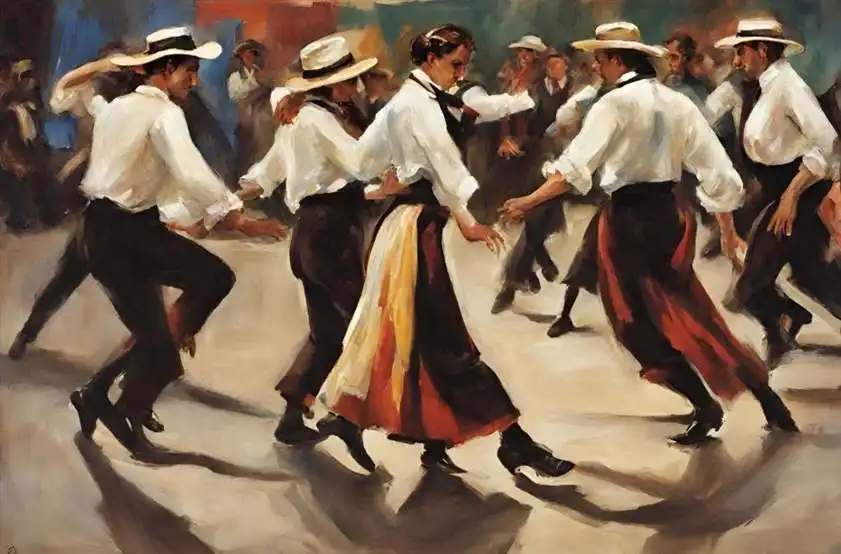
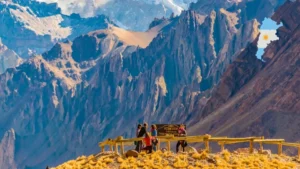
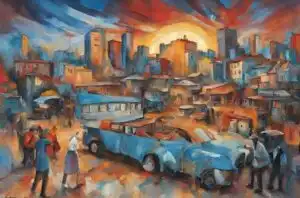
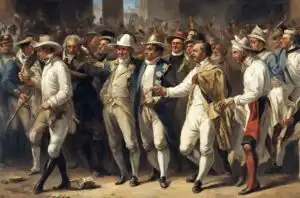


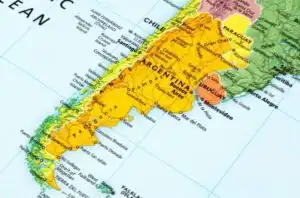

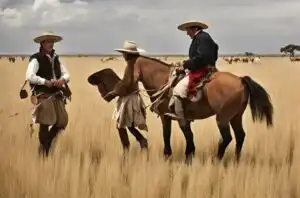

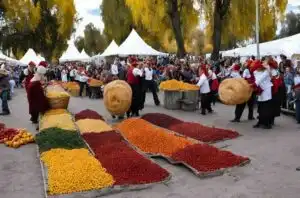
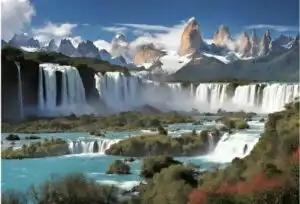
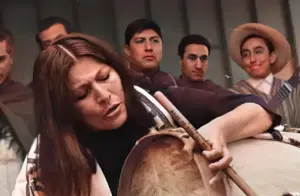
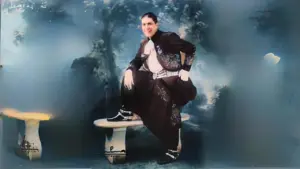
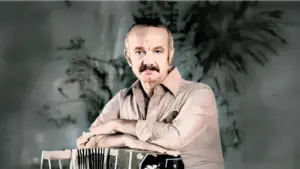
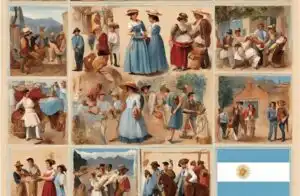
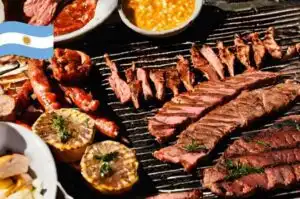

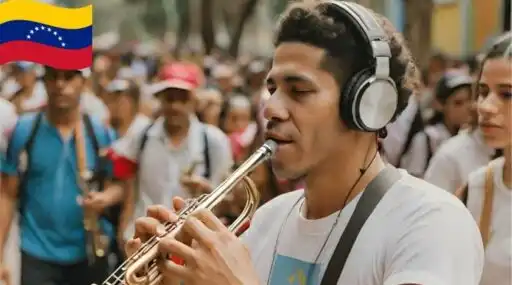



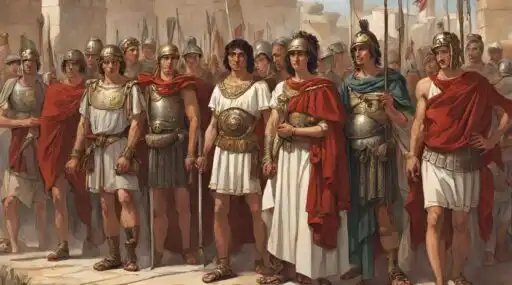

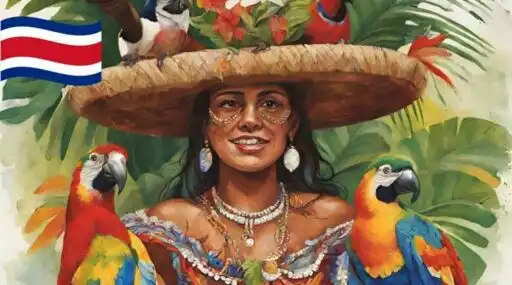
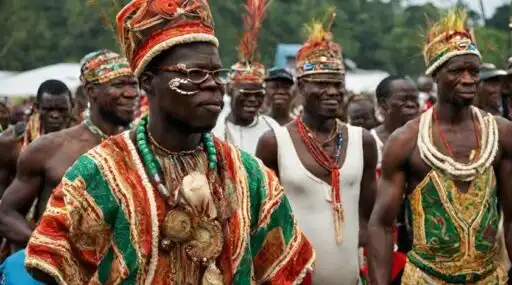


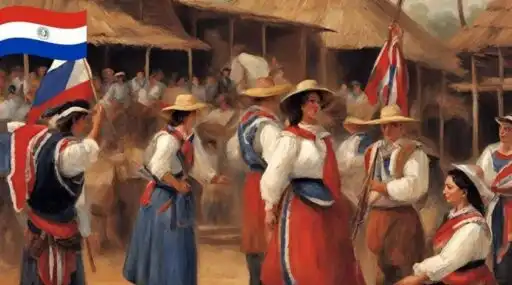
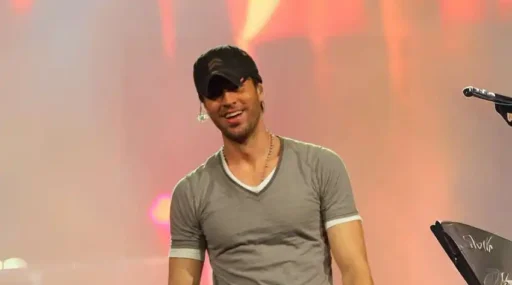

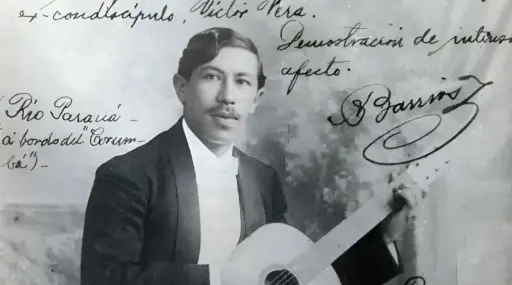



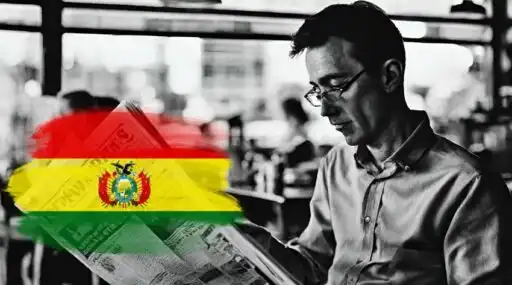
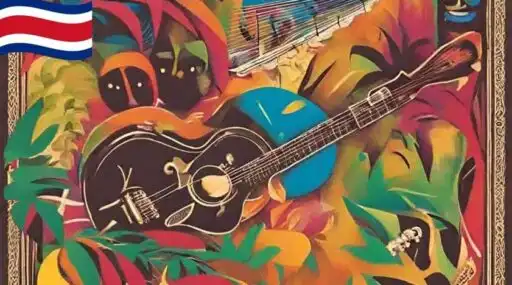

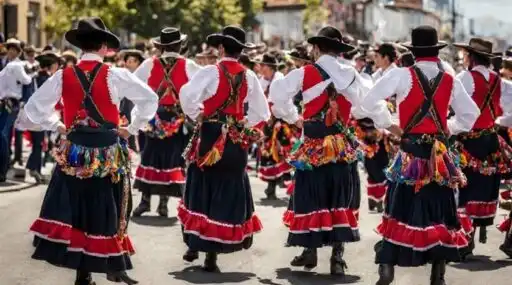
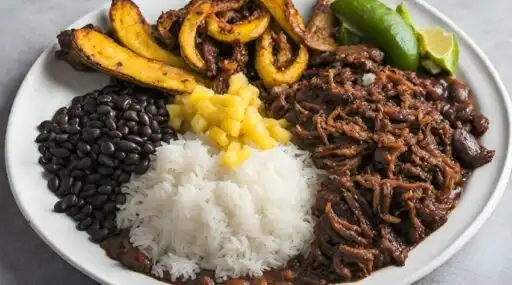
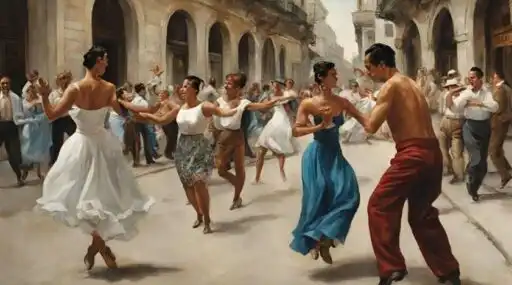
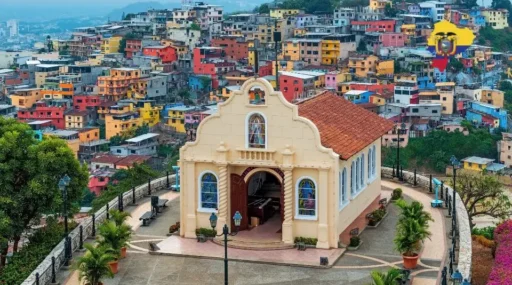


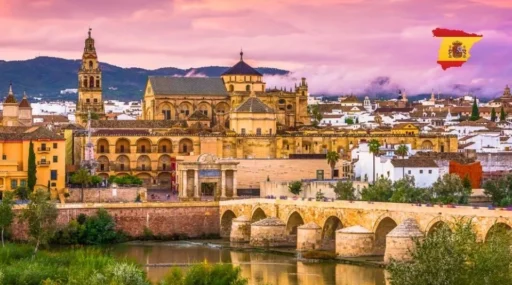

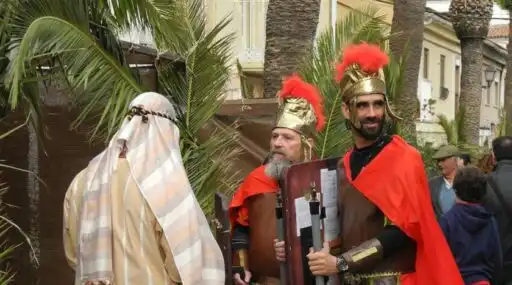
Leave a Reply